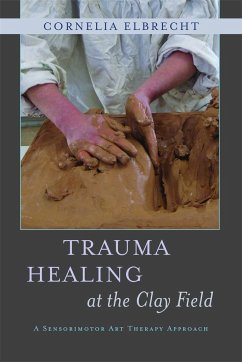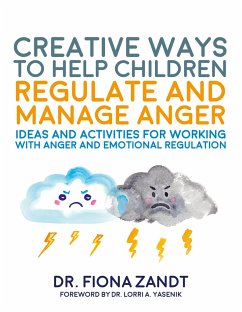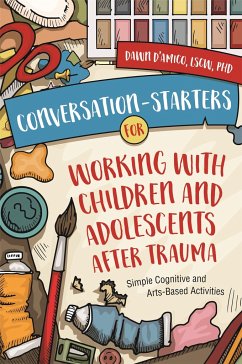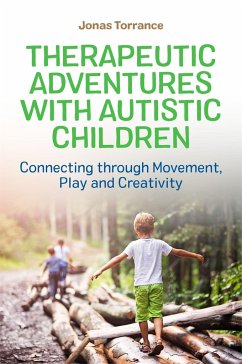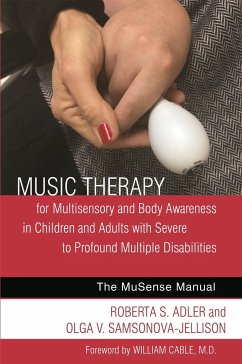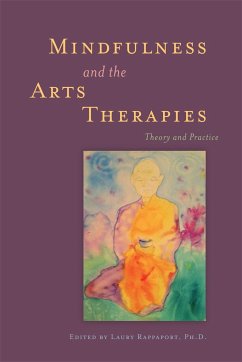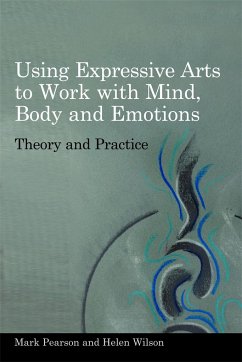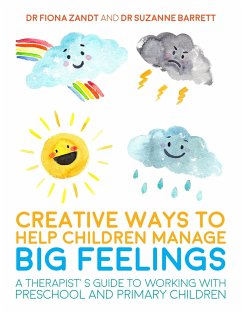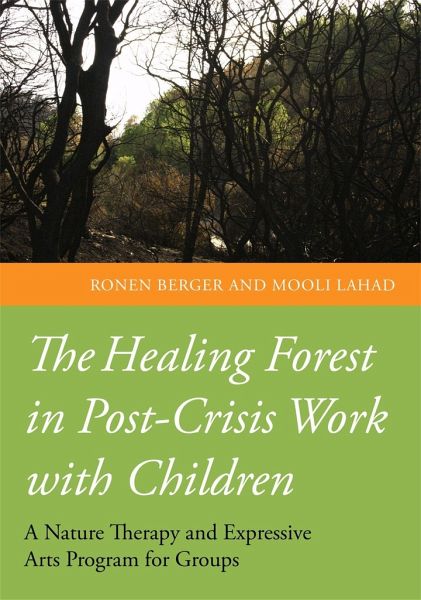
The Healing Forest in Post-Crisis Work with Children
A Nature Therapy and Expressive Arts Program for Groups
Illustrator: Kovyar, Igor

PAYBACK Punkte
17 °P sammeln!
For the first time in the English language, this book presents the theory behind Nature Therapy as well as guidelines for using it with children who have experienced stress or trauma. A 12-session programme to strengthen coping and resilience is described. A colour storybook for use within the programme is also included.




